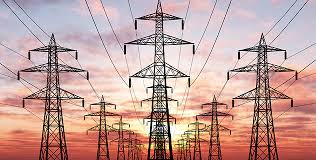
What is electricity?
Electricity is current that powers all thing such as irons, phones, heaters,
phones and computers. Electricity is defined as, “The flow or electrical power or charge.” Electricity
can be produced by the conversion of energy sources like coal, gas, natural gas, oil and nuclear power.
Charged atoms and electricity
Atoms make up everything around us, our food, our phones, our classrooms and our own bodies.
Atoms are made up of a Nucleus and electrons, in electron shells moving around the nucleus.
There are three different types of sub-atomic particles
- Protons- Protons contain a positive charge.
- Neutrons- Neutrons contain a neutral charge.
- Electrons - Electrons contain a negative charge
Atoms can have a ‘ion’ or a charge. An 'ion' or a charge is when there are more Electrons that protons
(negative charge) or there are more protons than electrons (positive charge.) When electrons move from
atom to atom, eletrical currents are formed.
This happens when electrons are moved between atom to atom.
However, this won't allways work or conduct electricity. Some substances, don't let their electrons go,
meaning that electricity cannot pass through them. These include substances like:
- rubber
- plastic
- cloth
- glass.
Other materials have loosely held electrons, and this lets the electrons move freely between other atoms.
These substances conduct electricity well. Substances that are good at conducting electricity are: - metals, such as copper or steel
- salts.
Learn more: This is a link that leads you to a page describe what energy is and where you can find it.
Learn more This is a link that leads to a page that demonstrates how electricty and electrical currents are created.
Back to homepage? Use this link: Homepage.link
